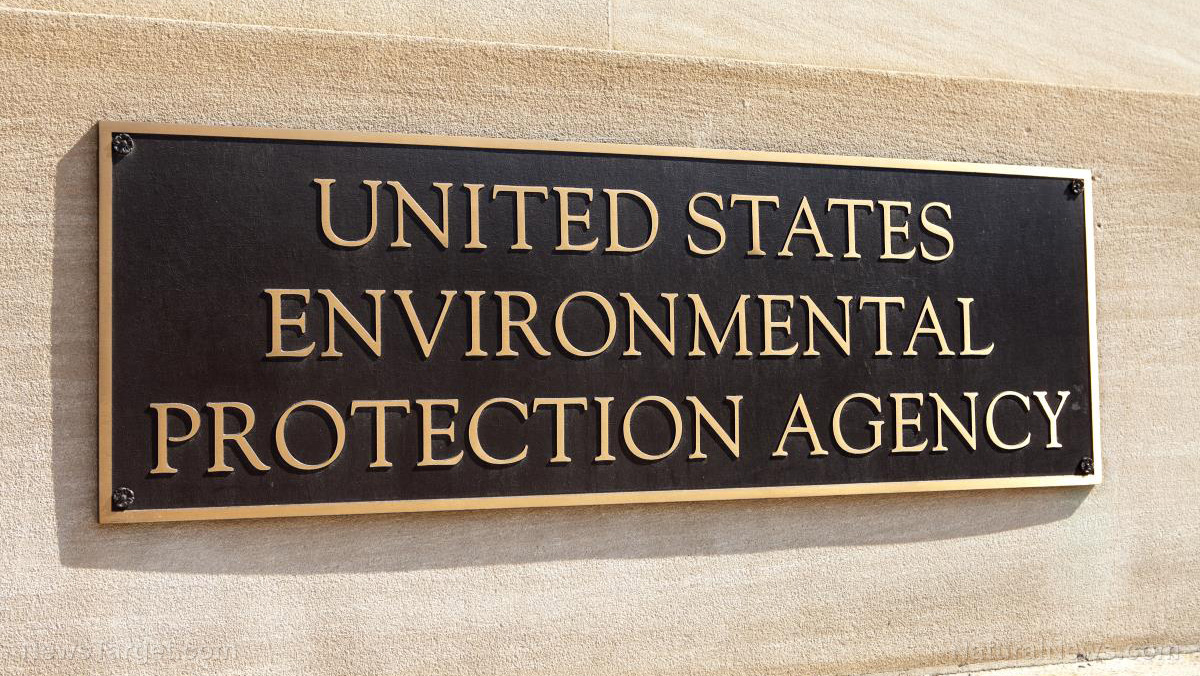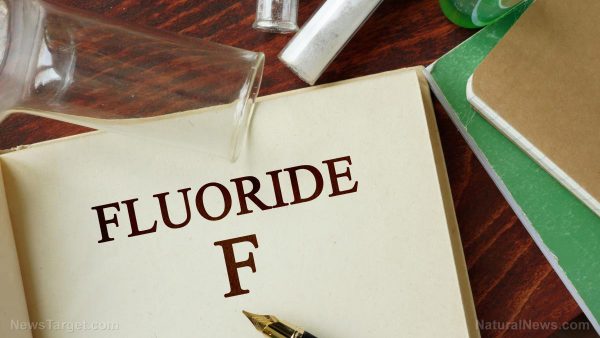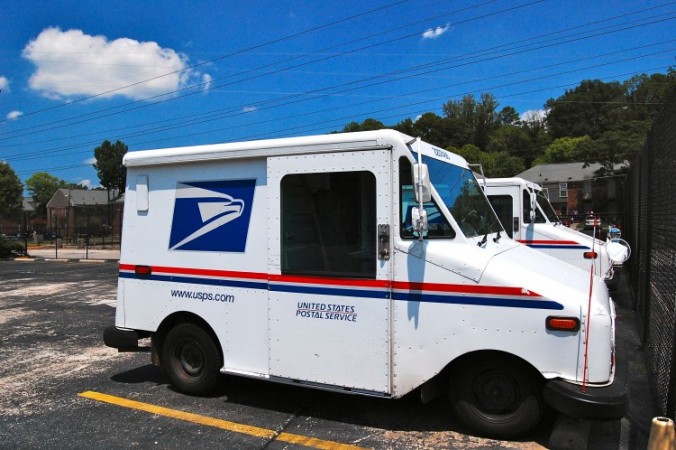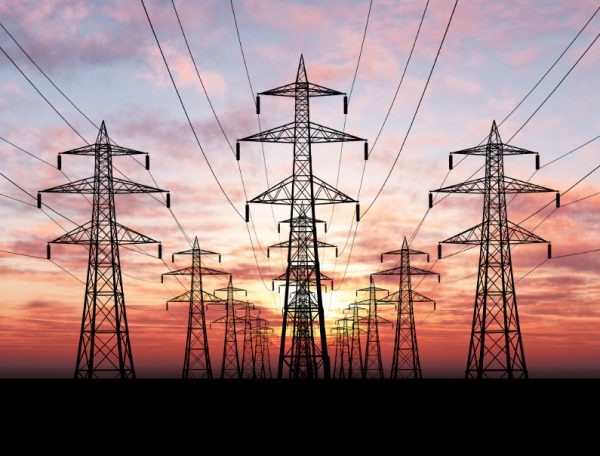 Parler
Parler Gab
Gab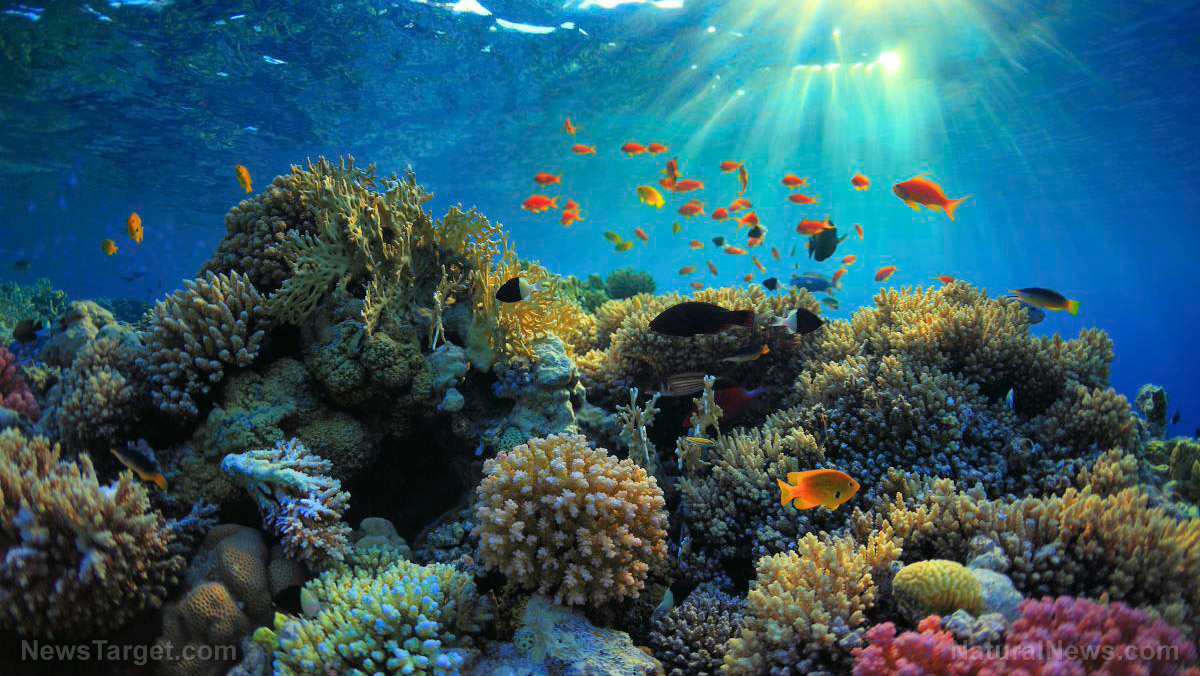
- Hawaiian reefs face unprecedented acidification within 30 years, even with reduced emissions.
- Windward coasts will experience the greatest chemical changes compared to historical norms.
- Higher carbon output accelerates reef stress, endangering coral survival.
- Some corals show resilience but remain vulnerable under extreme conditions.
- Study urges immediate intervention to protect marine ecosystems and prioritize climate policies.
Unprecedented acidification looms over Hawaiian reefs
Ocean acidification, driven by CO2 absorption into seawater, weakens the calcium carbonate skeletons of corals and mollusks, undermining reef structures. The study models chemical changes under varying emissions scenarios, projecting drastic results. “Future ocean chemistry around Hawaii will deviate so far from historical norms that corals may struggle to survive,” said lead author Lucia Hošeková, a researcher at UH Mānoa. The analysis, using high-resolution data, reveals a “novelty” metric—measuring how far future acidification diverges from preindustrial conditions. Windward coastlines, such as those on Maui and Oʻahu, face the highest novelty scores, suggesting conditions “beyond the envelope of natural variation” reefs have historically tolerated, noted co-author Tobias Friedrich.The role of emissions in shaping coral futures
The research contrasts emissions pathways to gauge reef resilience. Under a low-emission scenario, acidification across all nearshore zones still surpasses historical levels. Windward reefs, however, endure more extreme shifts, reflecting localized ocean currents. A high-emission future accelerates these changes, with reef zones entering “dramatically altered” chemical regimes by 2050. Corals, which already bleach under heat stress, may face compounding crises. “Even in the best-case scenario, corals will feel the impact,” said Brian Powell, lead scientist, acknowledging that management strategies must address “the combined effects of all human-made stressors.”Windward coasts bear the brunt
Acidification’s geographic disparities stem from Hawaii’s oceanographic nuances. The islands’ trade winds and coastal currents concentrate CO2 in nearshore waters, particularly on windward sides. Historic data from the study shows these areas have seen less natural fluctuation in acidity, making them more sensitive to future changes. “I didn’t expect the cocktail of factors to align this way,” admitted Friedrich. Coral species like Porites, which have evolved to thrive in Hawaii’s stable waters, may be pushed beyond their evolutionary ranges. “This isn’t just a Hawaiian problem,” he added. “Reefs worldwide lack the genomic diversity to adapt to such rapid shifts.”Hope and adaptation amidst the crisis
Not all hope is lost. The study notes corals’ capacity to acclimatize to gradual changes—but the window is narrow. Preliminary research shows some corals exposed to incrementally rising acidity stabilize over generations. Hawaii’s outer reefs, farther from shore, may act as natural refuges, buffering against extreme pH drops. “Protecting these zones is critical,” said Powell, whose team is now modeling how heat stress and fisheries changes will interact with acidification. Restoration strategies, such as coral nurseries and pollution controls, could buy time. Yet, he stressed, “without drastic cuts to emissions, all efforts are Band-Aids on a gushing wound.”A call to action for Hawaii’s underwater treasures
Hawaii’s reefs are more than ecosystems—they’re cultural keystones and economic drivers, generating billions in tourism and coastal defense. The study underscores the urgency of global emissions governance, while advocating for localized coastal management. “This isn’t a doomsday report; it’s a roadmap,” Hošeková said. “Every ton of CO2 we cut shifts this trajectory.” From Maui’s red urchin-filled shallows to Molokai’s hidden reefs, the decisions made today could determine whether Hawaii’s underwater landscapes survive into the next century—or vanish as carbon-based relics. Sources for this article include: ScienceDaily.com ScienceTechDaily.com MirageNews.comUnleashing the healing power of foods: A path to health and wellness
By Belle Carter // Share
Trump EPA proposes stripping greenhouse gases from list of regulated pollutants
By Belle Carter // Share
FDA’s Tidmarsh: Banned fluoride supplements a “tough thing to defend”
By Ramon Tomey // Share
Biden’s green fleet stalls: USPS electric mail truck initiative plagued by delays and cost overruns
By Belle Carter // Share
“Biological Economies” redefines agri-food systems with radical new perspectives
By Belle Carter // Share
Governments continue to obscure COVID-19 vaccine data amid rising concerns over excess deaths
By patricklewis // Share
Tech giant Microsoft backs EXTINCTION with its support of carbon capture programs
By ramontomeydw // Share
Germany to resume arms exports to Israel despite repeated ceasefire violations
By isabelle // Share

